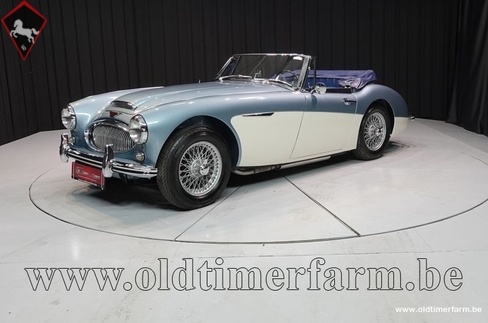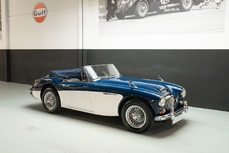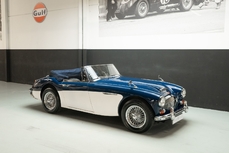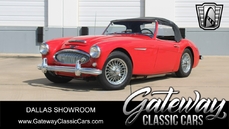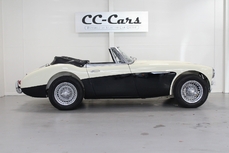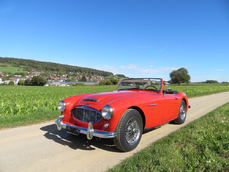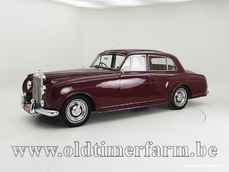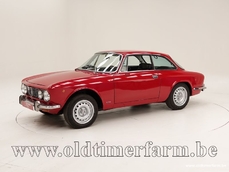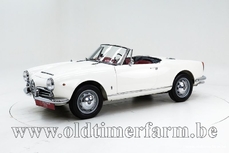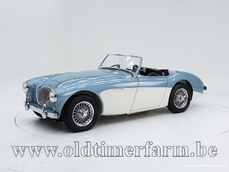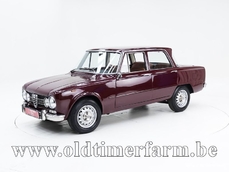Austin-Healey 3000 MK II '63 1963
General description :
Belgian papers Last inspection on 2019 Overdrive The MkII was built directly in a four and two-seater version, with the type designation resp. BT7 and BN7, remained the same as the MkI. The MkII was built from May 1961. The BT7 remained in production until June 1962. The BN7 disappeared three months earlier. The grille was renewed and now had vertical bars. The engine received a modified manifold with three SU HS4 carburetors, instead of two HD6. The power increased as a result by 8 HP and the sprint from 0-100 lasted 10.9 seconds, a have second shorter than the MkI. A second reason to switch to three carburetors was that this also allowed the rally versions to use 3 carburetors. A few changes were made in November 1961, the most striking being the new gearbox. The gear ratios remained the same, but the poker moved to the top. Because the fiberglass tunnel could be made narrower, more foot space became available. Specifications Bodywork Length: cm (in): 401 (157.6) Width: cm (in): 154 (60.5) Height: cm (in): 125 (49.2) Wheelbase: cm (in): 234 (92) Weight: kg (lb): 1150 (2538) Mechanics. Displacement: straight-six 2912 cc (178 ci), front-mounted Valve gear: 12 Fuel system: 3 SU HS4 carbs Gearbox: 4-speed manual + overdrive Driven wheels: rear-wheel drive Maximum power: 130 bhp at 4750 rpm Maximum torque: 226 Nm at 3000 rpm Maximum speed: 182 km/h (113 mph)
http://www.oldtimerfarm.be/en/collection-cars-for-sale/6262/austin-healey-3000-mk-ii-63.php
1963 Austin-Healey 3000 MK II '63 is listed sold on ClassicDigest in Aalter by Oldtimerfarm Dealer for €75950.
Car Facts
Car type : Car Make : Austin-Healey Model : 3000 Model Version : MK II '63 Engine size : 0.0 Model Year : 1963 Location : Aalter
Sold
Seller Information
Sold
People who viewed this Austin-Healey 3000 also viewed similar Austin-Healey listed at ClassicDigest
Other cars listed for sale by this dealer
About Austin-Healey
Austin-Healey was a British sports car make created as a joint-venture between the Austin division of the British Motor Corporation (BMC) and the Donald Healey Motor Company. First Healey model, Healey 100, was based on Austin A90 Atlantic mechanicals and developed by Donald Healey to be build in-house. They finished a single Healey Hundred for the 1952 London Motor Show. Leonard Lord, managing director of Austin was so impressed by the design that a deal was duly struck with Healey and the car was renamed the Austin-Healey 100 overnight. Austin Healey was born. 100 derived into 100-six, and different 3000 versions before they quit the production in 1968 as the basic design had finally become obsolete.
